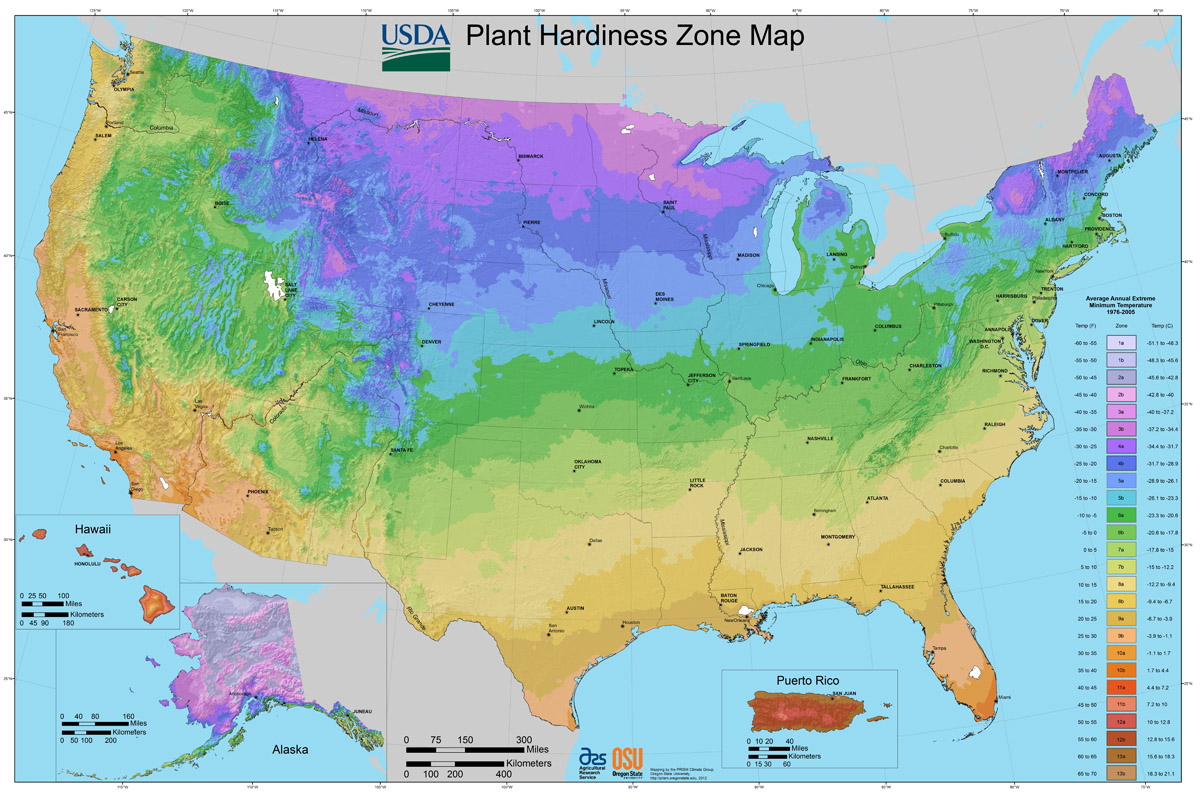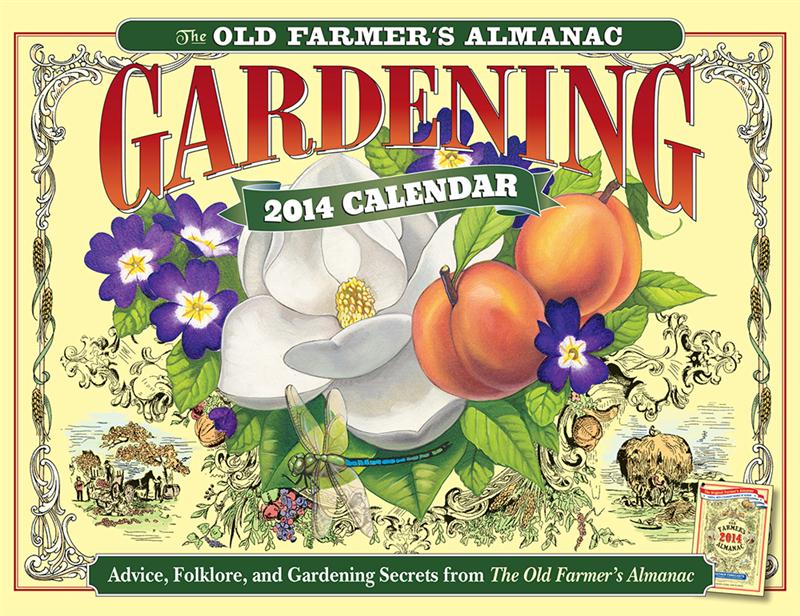
Where do you fall on the map? And do you know why it’s important?
It’s important because you can see the cold temperature ranges over time in your geographic area. Just this one piece of information can help you make several decisions, no matter if you’re running a small farm or an urban homestead. You can start to plan what to plant, and when to plant it.
When you review at the average temperatures over time for your zone at the National Climatic Data Center, you can then know even more, and plan further ahead: when to get your peeper chicks next spring, for instance, or the best time to cull livestock for the freezer. (Believe me, it’s not something you want to do on a steaming hot day.)
Want to put in a second-season garden? Depending on your hardiness zone, you may want to get started right away.

Folks in the far Northwest, Great Lakes and Northeastern regions know that once summer’s heat starts to fade, the first frost won’t be too far behind. They’re planting now, and it’s sturdy stuff. Kale, in all its permutations, leads the pack, but you’ll see the odd broccoli and carrots too. Harvested at fingerling size, there’s nothing sweeter than a carrot that’s had a bit of frost.
Lucky folks living in the Southwest, South and Southeast regions have a little bit more time, and can often squeeze out some more delicate fall crops: lettuces, peas and radishes.
As we’re all building a simpler lifestyle, we should use all the resources at our disposal to do it efficiently. The Old Farmer’s Almanac is a great start, but if you want hard data, it’s out there. And it’s free for the taking from many federal, state and county government sources. Get digging–and get all the facts you need!




























